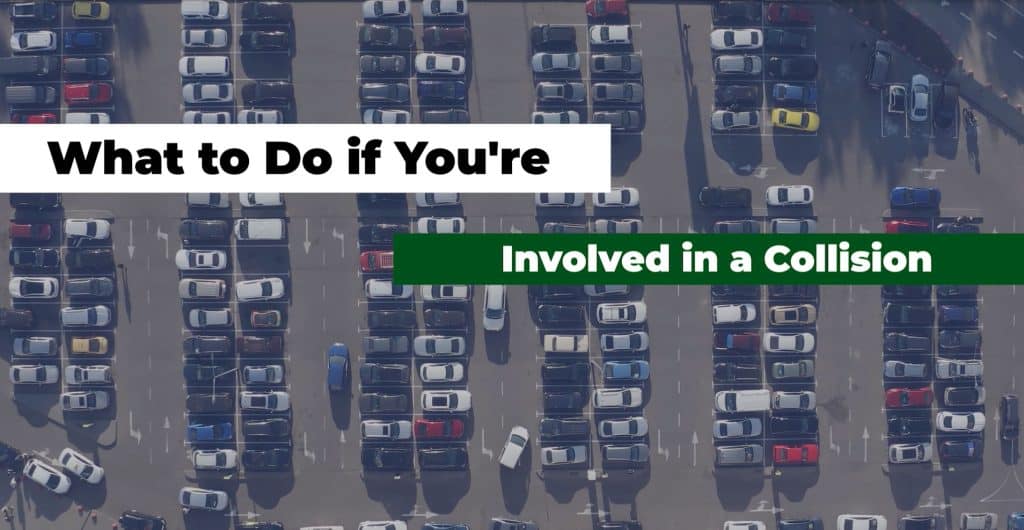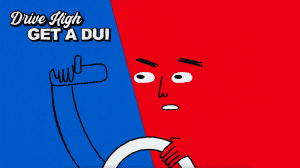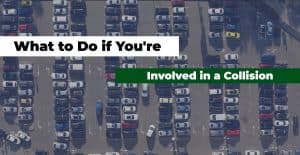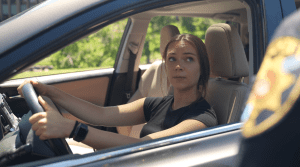- Take a Deep Breath and Stay Calm
The first step when you’ve been in a collision is to take a deep breath and stay calm. Check yourself and passengers for injuries. Can you exit your vehicle safely?
- Figure Out Where You Are
Look for mile markers, general intersections, and/or street names so emergency responders can locate you.
- CALL 911
Give Emergency Responders your location, number of people, and vehicles involved. Don’t leave the scene and do take pictures of the damage.
- Ask Dispatchers If It’s Possible to Move Your Vehicle
Depending on the severity of your collision, ask if it’s safe and or possible to move your car. If not, move yourself out of harm’s way to a safe place away from traffic.
- Don’t Admit Fault at the Scene
Don’t admit fault at the scene, BUT be sure to cooperate with EMS, Fire Department, and/or law enforcement so they can do their jobs and manage the incident effectively.
- Have Proper Documentation Ready to Present
Have your License, Car Registration, and Proof of Insurance ready to share. If applicable, share with other driver(s) and ask for their information as well.
- Take Pictures
Take pictures of the damage to the vehicles and check for other cameras that might have captured footage such as traffic cams or dash cams. Remember to take a picture of your citation (if you receive one), in case you lose it.
- Determine Who Will Tow the Vehicles, and Where
If your vehicle needs towing, and you’re a member of AAA or have other towing insurance, call them to dispatch a tow truck. If not, check to see if the police have contacted a towing company. Call the nearest tow service if necessary.
- DO NOT Leave the Scene
If your collision involves property and not another driver, DON’T LEAVE THE SCENE. There can be hefty legal consequences if you leave the scene of a collision. Follow the same steps above
- Take Another Deep Breath
Aftermath of car collisions are stressful; take another deep breath, and remember there are plenty of resources for you to take care of these situations.










